NEW - The October Martyrs of Lanciano
Heroic group of partisans earned Gold Medal for Valour
The town of Lanciano in Abruzzo today and every October 6 remembers the 23 citizens killed by German troops on this day in 1943 after one of the most celebrated revolts of World War Two against the occupying Nazi forces. The group became known as the Martiri ottobrini di Lanciano - the October Martyrs of Lanciano. Their deeds were recognised by the postwar Italian government with the award - to all the citizens of the town - of the Gold Medal for Military Valour, and there are a number of monuments in the town that commemorate the event and the participants. As well as 11 partisan resistance fighters, another 12 Lancianese who fought alongside them were killed by the Germans. The leader of the partigiani group, a 28-year-old former soldier named Trentino La Barba, was posthumously awarded the Gold Medal for Valour in his own right. Three others were honoured with Silver Medals. Lanciano - 22km (14 miles) southeast of the city of Chieti and about 30km (19 miles) from the coastal resort of Pescara - had the misfortune to be one of the key municipalities close to the Gustav Line, one of the major defensive lines established by the Germans to counter the Allied invasion of the Italian peninsula. Read more…
______________________________________
Ottavio Bianchi - football coach
The northerner who steered Napoli to first scudetto
Ottavio Bianchi, the coach who guided Napoli to their first Serie A title in the Italian football championship, was born on this day in 1943 in the northern Italian city of Brescia. Napoli, who had been runners-up four times in Italy's elite league, broke their duck by winning the scudetto in the 1986-87 season, when Bianchi built his side around the forward line consisting initially of the World Cup-winning Argentina star Diego Maradona, the Italy strikers Bruno Giordano and Andrea Carnevale. After the arrival of the Brazilian forward Careca to partner Maradona and Giordano, the trio became collectively known as MaGiCa. Bianchi’s team began the 1986-87 season with a 13-match unbeaten run. It came to an end with an away defeat against Fiorentina but Napoli lost only two more matches all season, winning the title by three points from Juventus to spark wild celebrations in Naples. It is a reflection of how defensively-minded Italian football coaches were at the time that Napoli won the title despite scoring only 41 goals in 30 matches, with Maradona (10) the only individual player to reach double figures. Read more…
____________________________________
Maria Bertilla Boscardin – wartime nurse
Brave nun was prepared to die caring for others
Maria Bertilla Boscardin, a nun who was canonised for her devoted nursing of sick children and air raid victims in the First World War, was born on this day in 1888 in Brendola, a small town in the Veneto. She was beatified by Pope Pius XII in 1952, just 30 years after she died, and made a saint by Pope John XXIII nine years later. It was one of the quicker canonisations of modern history. Sometimes many decades or even hundreds of years pass before a person’s life is recognised with sainthood. Boscardin’s came so swiftly that relatives and some of the patients she cared for were present at her canonisation ceremony. Indeed, her father, Angelo, was asked to provide testimony during the beatification process. Born into a peasant family, who knew her as Annette, her life in Brendola, which is about 15km (9 miles) southwest of Vicenza, was tough. She was seen as rather a slow-witted child, mocked by her peers and unkindly nicknamed ‘the goose’ even by the local priest. Her father, a drunkard, was often abusive and violent. She wanted to become educated but her attendance at school was at times only sporadic because her family required her to work. Read more…
_____________________________________
Bruno Sammartino - wrestling champion
How a sickly kid from Abruzzo became king of the ring
Bruno Sammartino, who found fame as a professional wrestler in the United States, was born on this day in 1935 in Pizzoferrato, a village in the province of Chieti in the Abruzzo region. He died in 2018 at the age of 82, having spent the last years of his life in Ross Township in Pennsylvania, about six miles north of the city of Pittsburgh. Sammartino held the title of world heavyweight champion under the banner of the World Wide Wrestling Federation - now known as World Wrestling Entertainment - for more than 11 years in two reigns. The first of those, spanning seven years, eight months and one day, is the longest any individual has held the title continuously since it was first contested in 1963. At his peak in the ring, Sammartino weighed in at 265lbs (120kg), yet it was something of a miracle that he survived his childhood. Sammartino grew up in a mountainous region of Abruzzo now known as the Majella (or Maiella) National Park, still populated by bears, wolves and wild cats. Life was tough, especially during the harsh winter months. He was the youngest of seven brothers and sisters, four of whom did not make it into adulthood. Read more…



.jpg)
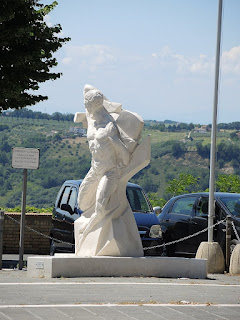
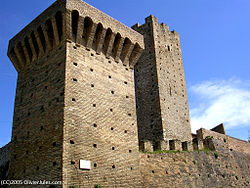
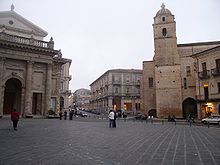
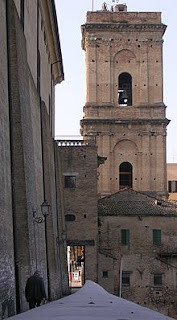
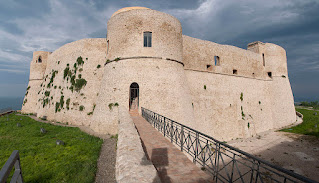
.jpg)







.jpg)